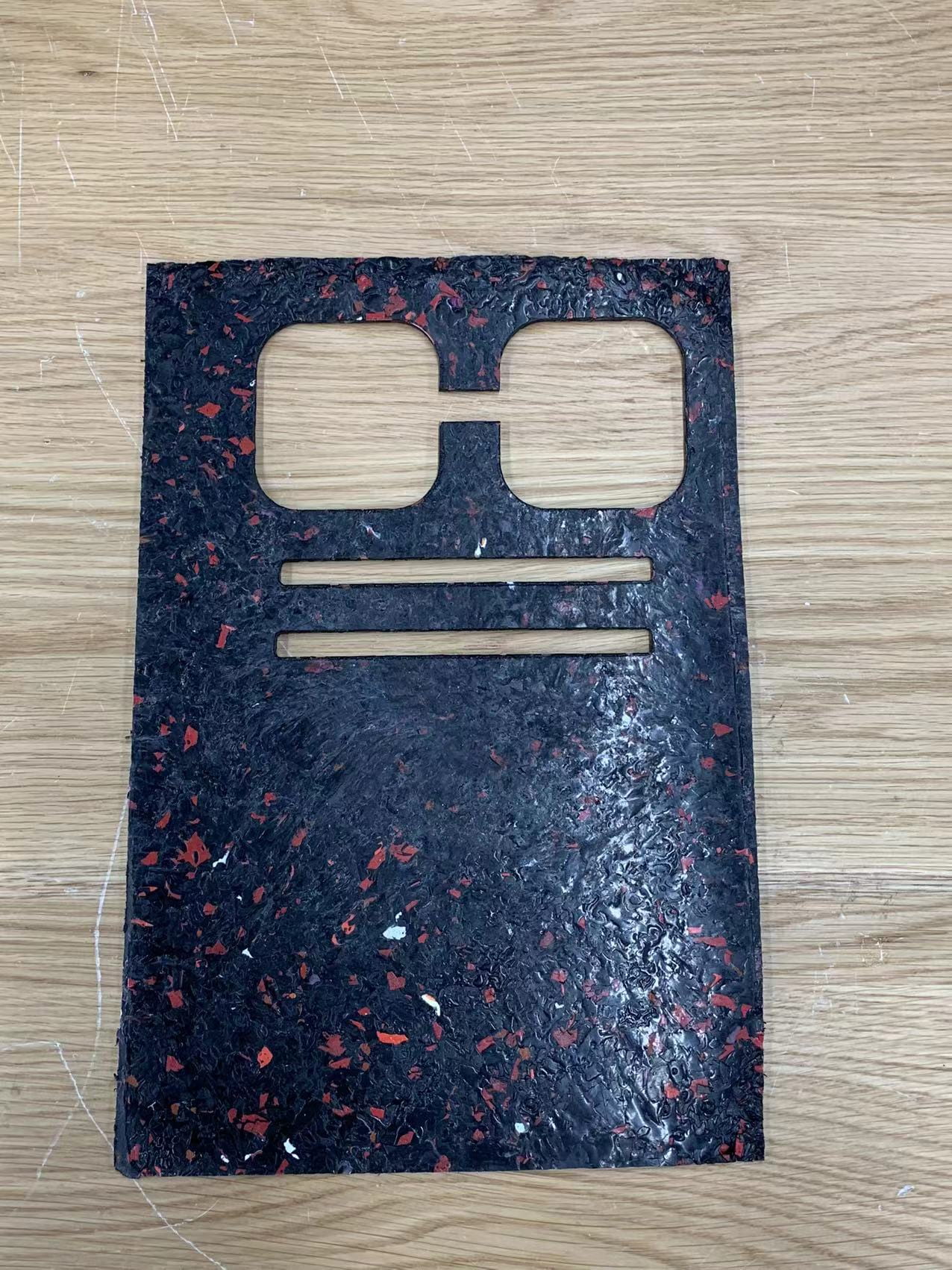
This is the proscenium of the ES theater. Proscenium is a stage between the curtain and the audience and it takes up most of the space in the theater. It provides space for actors to perform and also divides the actors and their stage world from the audience.

This is the thrust, an extended stage from the proscenium. Thrust has the benefit of multi-side views (3-side view), so it provides greater intimacy between performers and the audience than proscenium, which only has a 1-side view. It was really interesting how you could adjust the thrust to make a completely different style of the stage.

This is the side of a theater. There are seats for the audience to sit and watch a performance from the right/left/middle. The step-like formation allows the theater to save space and accommodate hundreds of guests. I personally prefer the seats in the MS/HS theater because they have more individual space and are much more comfortable compared to the ES theater- the seats in the ES theater don’t have a backrest or divider that separates one another.

This is the front light. These lights are hung in the front of the theater, over the heads of the audience, pointing at the stage. It allows the actors to be seen clearly by the audience. They also add more dynamics to the stage. I personally like the lights in the ES theater more than the lights in MS/HS theater, because they are much brighter (MS/HS theater’s lights are kind of dark/yellowish).

This is the left wing. It is simply the left side of the stage. The curtains move from the left to the center. There is also a small door to the cafeteria behind the left wing.

This is the right wing. It is simply the right side of the play. The curtains move from the right to the center.

These are the stage curtains. They are hung on the pipes and used on different occasions such as plays/performances. Their designs vary depending on the type of show; the curtains have also been designed to be fire-proof as they may get burned by the strong light. Theater curtains add special effects/dynamics and engage the audience in the show.

This is a cyclorama, a large white curtain that is used as a background device (covers the hollow space at the back). It can also be used with special lighting to create the illusion of sky, open space, or great distance at the rear of the stage setting.

This is the proscenium arch. It is a blackboard that surrounds a stage space, creating a frame around the scenery and the actors. It makes the stage more or less unified during a theatrical performance; when young students are performing, you can lower the proscenium arch to fill the open space, and when older students are performing, you can higher the arch to give more space.

This is the fly space. The fly system quickly and safely hoists components such as curtains, lights, sceneries, stage effects, and, sometimes, people. This system provides a clear/unique background for the audience to engage in the play. Full fly space is when all the curtains are hoisted up and no background is present on the stage.

The fly system space is located at the very top of the ES theater, so we had to climb up several floors to come up to this place. This place basically holds up and sustains the big, heavy curtains. Because it is newly built, the ES theater has better automatic curtain/drape pull-up machines compared to MS/HS theater. I liked looking around this space because it is a feature of theater that people do not get to see or notice often when they are in the theater as the audience. It was also interesting to see how these systems operate.

This is the screw. This is essentially the most important component in the ES theater as these small screws sustain all the wires for the curtains. If these get loose, they will damage the curtains and even other facilities. The red paint is painted in a straight line to tell if the wires got loose or too tight (if they are not aligned, it is a sign that the curtains might fall). Mr. Chris comes here every week or two to check if the red paint is aligned.

This is the front light control booth. It is located on the second floor, allowing operators to easily see the stage and shed light. The booth has LED lights, so it is much safer and cost-effective compared to MS/HS theater.

This is ES theater’s control booth. It is located on the second floor, so it gives a wide, whole view of the theater. This is a designated area for the operation of technical equipment, lighting controls, and soundboard. This place basically enhances the quality of performance/production through special effects. I personally think the sound booth in MS/HS theater is better because it is sound proof; the one in ES theater is not, so people must be careful and very quiet all the time.
 .
. 




















































 3. Lots of rough sketches of your early ideas:
3. Lots of rough sketches of your early ideas:
















Recent Comments